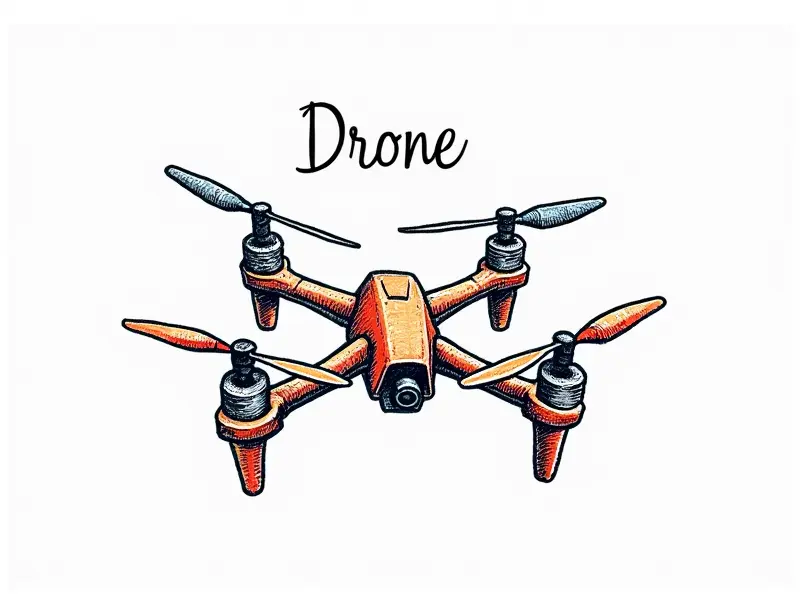FPV battery management?

FPV Battery Management: A Comprehensive Guide
First-person view (FPV) racing has become increasingly popular among drone enthusiasts. To achieve optimal performance and extend the lifespan of your FPV gear, proper management of batteries is crucial. This guide delves into the intricacies of managing FPV batteries to ensure you get the most out of each flight.
Understanding C-Rating in FPV Batteries
The C-rating of an FPV battery indicates its discharge rate and capacity for delivering power under high load conditions. A higher C-rating means a faster discharge, suitable for high-performance racing drones that require rapid bursts of energy. For instance, a 10C battery can deliver ten times its capacity in amperes per second.
- Discharge Rate: Determines how quickly the battery can be discharged without overheating or damaging the cells.
- Capacity: Measured in milliamp hours (mAh), it defines the total amount of energy stored within the battery.
Maximizing Flight Time with FPV Batteries
To maximize flight time, consider the following tips when selecting and using batteries:
- Select Appropriate Capacity: Higher capacity batteries provide longer flight times but may be bulkier.
- Battery Efficiency: Opt for high-efficiency batteries that convert more stored energy into usable power.
Best Practices for FPV Battery Management
Maintaining your FPV battery is key to ensuring peak performance and longevity. Here are some essential practices:
- Cycle Batteries Regularly: This helps maintain optimal charge levels and prevents memory effects.
- Avoid Deep Discharge: Never let your batteries drop below a 20% charge to prevent damage.
Choosing the Right Batteries for FPV Racing
The selection of batteries is critical in FPV racing. Consider these factors when choosing:
- C-Rating: Higher C-ratings are necessary for high-performance drones.
- Battery Type: LiPo (Lithium Polymer) batteries are the most common choice due to their lightweight and high power density.
Common Mistakes to Avoid with FPV Batteries
Avoid these pitfalls to prevent damage and ensure optimal performance:
- Oversized C-Rating: Choosing a battery with too high of a C-rating can lead to unnecessary heat generation.
- Inadequate Cooling: Ensure proper ventilation around the batteries to avoid overheating during flights or charging.
Quick Charging Techniques for FPV Batteries
Finding the right balance between speed and safety is essential when charging your FPV batteries. Here are some effective techniques:
- Balanced Charging: Use a charger that balances charge across all cells to prevent overcharging or undercharging.
- Smart Charging: Utilize smart chargers with built-in safety features to monitor and regulate the charging process.
Enhancing Safety in FPV Battery Usage
Safety should always be a top priority when working with batteries. Follow these guidelines:
- Proper Handling: Always handle batteries carefully to avoid physical damage or short circuits.
- Fire Prevention: Keep fire extinguishers and safety gear nearby in case of emergencies.
Essential Guide to FPV Battery Care
Maintaining your batteries is crucial for long-term reliability. Here are some key points:
- Storage Temperature: Store batteries at room temperature and avoid extreme heat or cold.
- Discharge Level: Keep batteries charged between 30% to 80% for optimal storage conditions.
Smart Charging Practices for FPV Batteries
Implementing smart charging practices can significantly extend the life of your batteries. Consider these tips:
- Charging Frequency: Charge batteries frequently to maintain optimal performance and prevent deep discharge.
- Use Quality Chargers: Invest in reputable chargers that offer precise control over charging parameters.
The Importance of Proper FPV Battery Storage
Proper storage is vital for preserving battery health. Follow these guidelines:
- Avoid Exposure to Moisture: Store batteries in dry, well-ventilated areas away from water sources.
- Preventing Physical Damage: Ensure that batteries are not exposed to physical impacts or rough handling.
Boosting Performance with Efficient FPV Battery Use
To get the most out of your FPV battery, consider these strategies:
- Tune Your Drone: Optimize your drone's setup to reduce power consumption and enhance efficiency.
- Maintain Batteries: Regularly inspect batteries for signs of wear or damage that could affect performance.
Conclusion
Effective management of FPV batteries is essential for achieving optimal flight times, safety, and overall performance. By understanding C-ratings, selecting the right batteries, avoiding common mistakes, implementing smart charging practices, and properly storing your equipment, you can enhance both the longevity and efficiency of your FPV gear. Stay informed about best practices and emerging technologies to continue pushing the boundaries in FPV racing.

